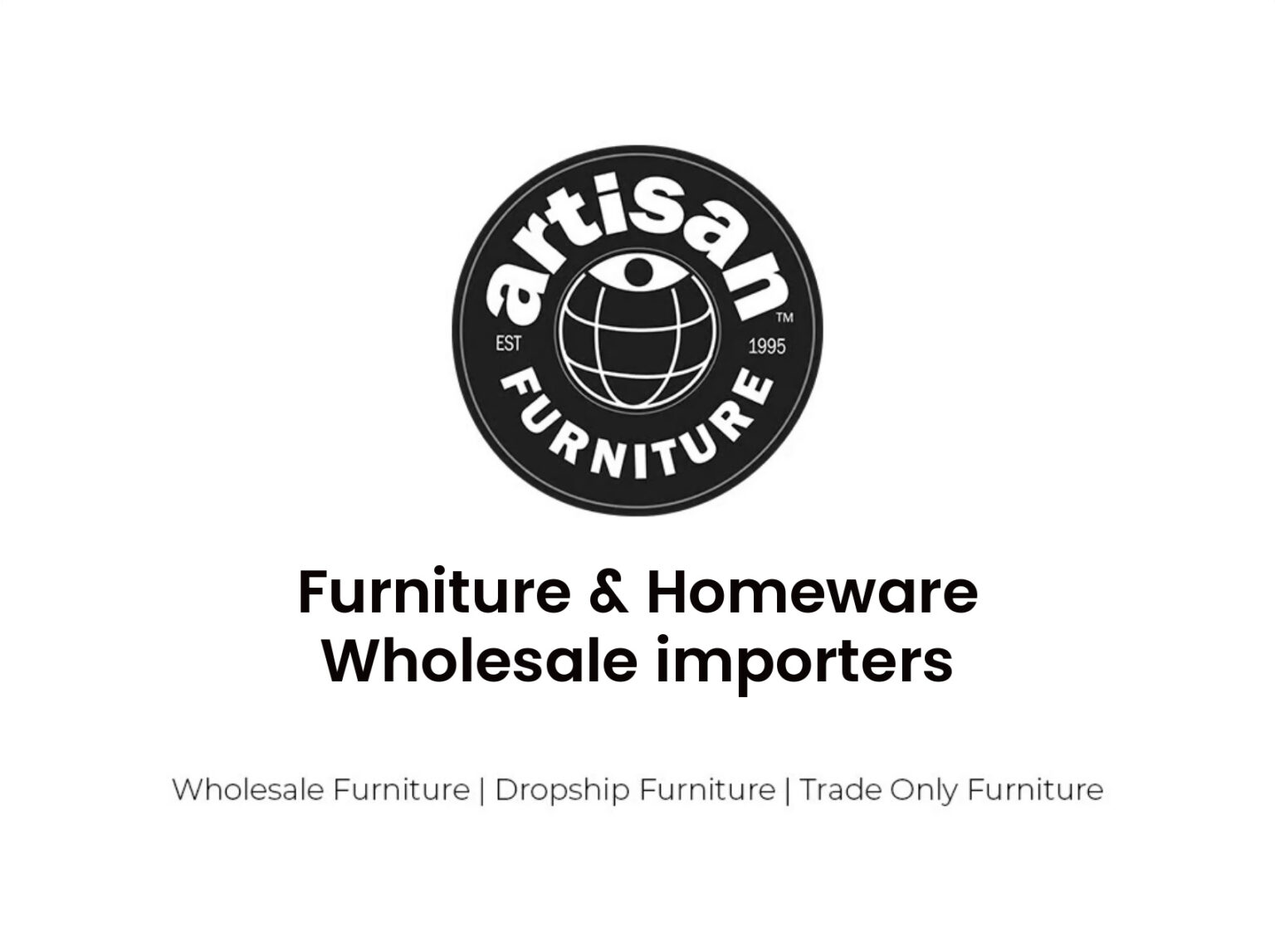
Furniture & Homeware Wholesale importers
Wholesale is a supply chain model that relies on wholesalers buying products from manufacturers in large quantities and shipping goods to retailers. They, in turn, sell it to the public at higher profit margins. Often, the profit margins in wholesaling can be slim. The wholesalers make profits through selling products in huge quantities so that the small profit margins add up to create a large overall profit. However, there is an alternative path that many — wholesale importers.
As the name implies, this type of wholesaler imports products from overseas as opposed to domestic manufacturers. This has become increasingly prevalent over the past few decades due to the rise of globalisation and the lowering of shipping costs across the oceans. This is true for all sectors of wholesale import such as technology, raw materials and indeed foodstuff. But it is especially true for the furniture, homeware and accessories sector. Wholesale imports of these products are much cheaper than buying the product domestically due to a combination of low transit costs and the lower wages paid in the countries of origin. Countries such as India, the Philippines and Indonesia have a thriving furniture and accessories industry that provides products to the UK, the US and many other countries with wholesale importers.
It is important to note that these countries often have a long tradition of handmade furniture and craft products. This makes them appealing to customers overseas and of course the wholesale importers that cater to the market. Handmade furniture like chesterfields sofas, carved armoires and sideboards, and even smaller items like tripod lamps and wall decor are popular with wholesale importers in the homeware sector. This is due to their popularity in the wholesalers’ niche markets and indeed the wider public’s appreciation of handmade products.
Wholesale importers usually rely on a good relationship with their manufactures overseas. This is important because often there is no way to inspect the products shipped in person, and thus quality control becomes necessary. Some importers hire an independent team in the products’ country of origin to inspect products before they’re shipped, thus providing the optimal quality of products to their customers. This still comes out to be more affordable than buying products domestically, due to higher raw material and labour costs.
However, there are disadvantages to being a wholesale importer. One important one to note is the lag time between making a decision on a product and it being implemented. While it is hoped that products designed and made will be popular with the target niche in their price range, sometimes this does not occur and a product or product range has to be withdrawn. The reverse can also happen, insofar as demand surging beyond expectation and not enough products being available to customers. In these cases, its difficult to change the quantity and quality of products easily due to the weeks long shipping time.
Similarly, new product designs meant to reflect the sentiments of the market are difficult to source in time due to this lag time. This can be overcome by adding new designs early and letting their retailer customers preorder products so that when they arrive a few weeks later, there’s already a built-in market. Thus some inherent disadvantages of wholesale imports can be acted upon by wholesale importers using long term planning and resourcefulness.

